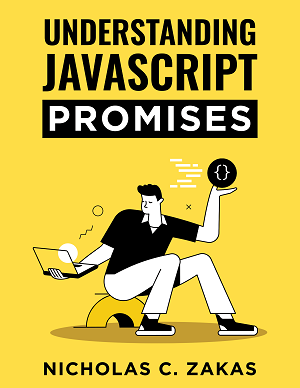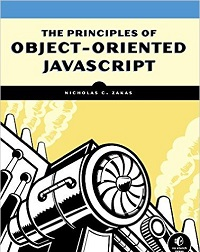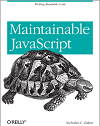Additional Information
My Books
Recent Snippets
- Publishing to JSR using release-please
- How to setup a known_hosts file for a Jenkins pipeline job
- Mimicking __dirname and __filename in ESM modules in Node.js
- How to add npm packages for client-side use in Eleventy
- Creating a new user with an SSH key on Linux
- How to setup and deploy a web application on Dokku
- How to regain Jenkins web access after being locked out
- Create TypeScript declarations from JavaScript and JSDoc
- How to read environment variables in Deno using JavaScript
- How to validate the signature of a GitHub webhook using Node.js



